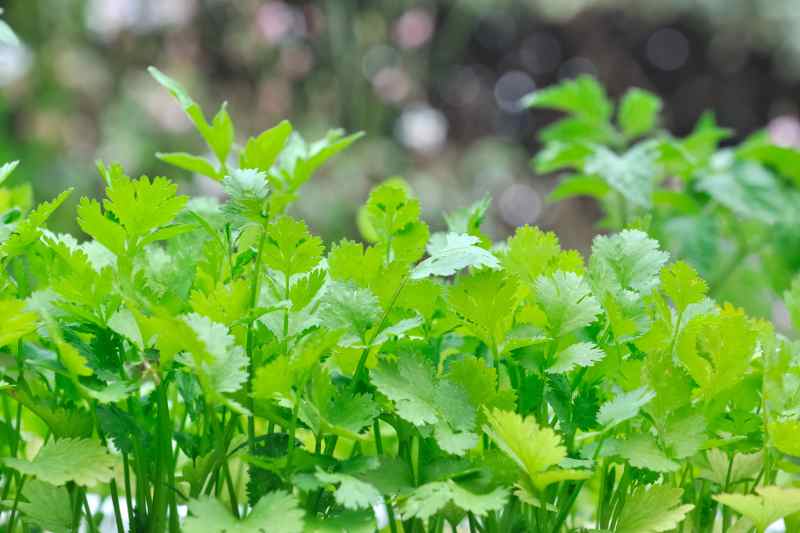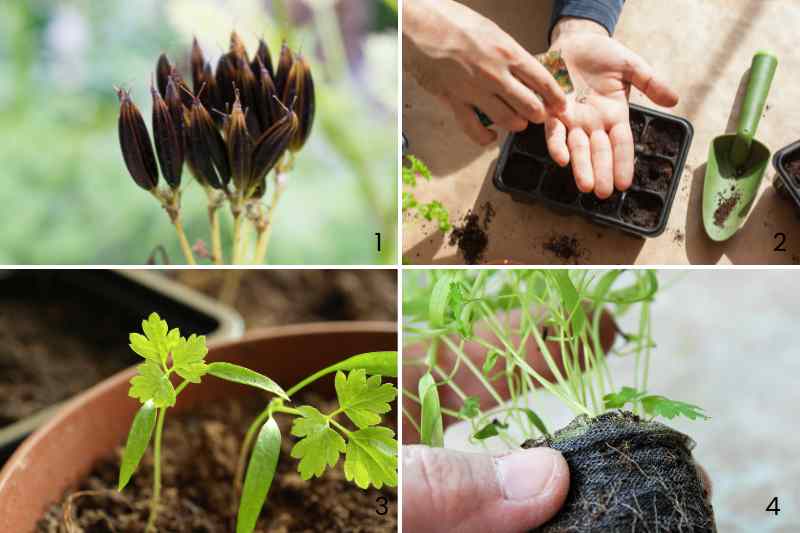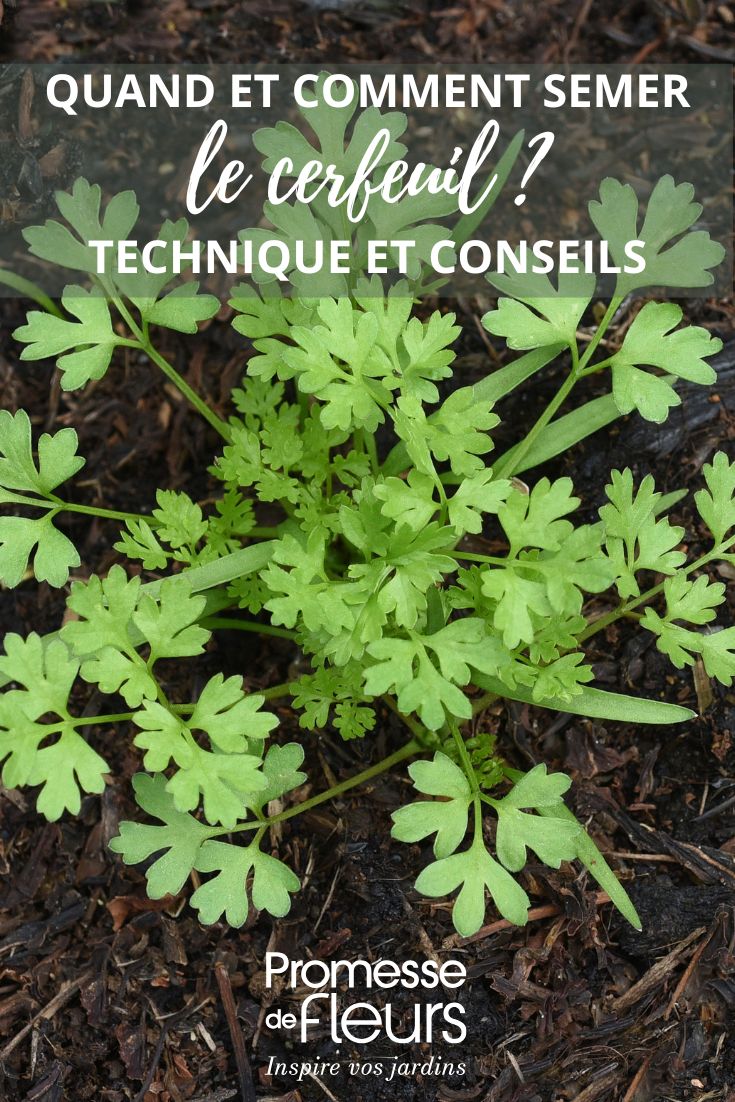Less commonly grown than parsley, chervil (Anthriscus cerefolium) is a very delicate aromatic plant to have on hand near the kitchen. With its aniseed flavour, chervil is used raw to flavour salads, fish terrines, omelettes, or soups. Like many aromatic plants from the umbellifer family, chervil can only be propagated by sowing in spring, ensuring a supply throughout the growing season. Our tutorial guides you to successfully sow your chervil!

When to sow chervil?
A staggered sowing, every month or fortnight, from February to September, allows for a harvest 5 to 8 weeks later and fresh leaves almost all year round. Chervil is a biennial plant, grown as an annual: you need to sow it every year, unless you let it self-seed.
Where to sow chervil?
You can sow it in the herb garden in open ground, or in containers or pots on a balcony.
Chervil dislikes dry soil; it prefers well-drained soil rich in organic matter. If sowing directly in the vegetable garden, ensure the soil remains moist.
The secret to successful chervil sowing lies in exposure! Chervil is a shade-loving aromatic plant. Seedlings sown in full sun in open ground will struggle to germinate. Keeping chervil cool prevents it from bolting too quickly. It will tolerate full sun once transplanted, but in this case, plan for the presence of some vegetables, flowers, or herbs to provide shade during the hottest months and avoid premature flowering.
How to sow chervil?
Sowing in open ground
Materials needed for direct sowing
- Chervil seeds from the current year (they have a very short germination period, maximum 1 year)
- Labels to mark the sowings.
- Soil preparation: loosen the soil with a fork, rake it smooth, and dig furrows 1 cm deep.
- Sowing in rows: sow thinly, every 3 cm, at a depth of 0.5-1 cm. Space rows 20 cm apart. Cover with a thin layer of soil.
- Firm the soil with the back of a rake.
- Water gently with a fine rose on the watering can.
- Remember to place a plant label in the soil to mark your sowings.
The seeds germinate in 8 to 10 days, depending on the weather. When the seedlings have 4 true leaves, thin them out, leaving one plant every 20 cm. When flower buds appear, pinch them off (or keep one or two stems to harvest future seeds).
- Harvest: always pick before flowering. Cut the leaves while they are still young and tender; this will delay flowering and encourage new growth.
During harsh winters, protect the plants with a cloche or frost cloth (chervil is hardy down to -5°C).
Sowing under cover
Materials needed for indoor sowing
- Chervil seeds from the current year, from your harvest or store-bought
- Seed compost
- Seed trays, containers, alveolate trays, or mini-greenhouses
- A small board to firm the compost
- A spray bottle for watering
- A trowel and pots for transplanting seedlings
- Labels to note the sowing date.
How to sow chervil under cover?
- Fill the container with seed compost to three-quarters full
- Cover the seeds with 0.5-1 cm of seed compost
- Firm the compost with the back of your hand or a small board if sowing in trays
- Water very gently with a spray bottle
- Place the containers under cover, in a greenhouse or conservatory, at a temperature of 18-20°C, in a bright spot but out of direct sunlight
- Transplant: once the seedlings are well developed and about five centimetres tall, transplant them into 8-10 cm diameter pots or plant them outdoors in the vegetable garden when temperatures rise, around April-May.

































Comments